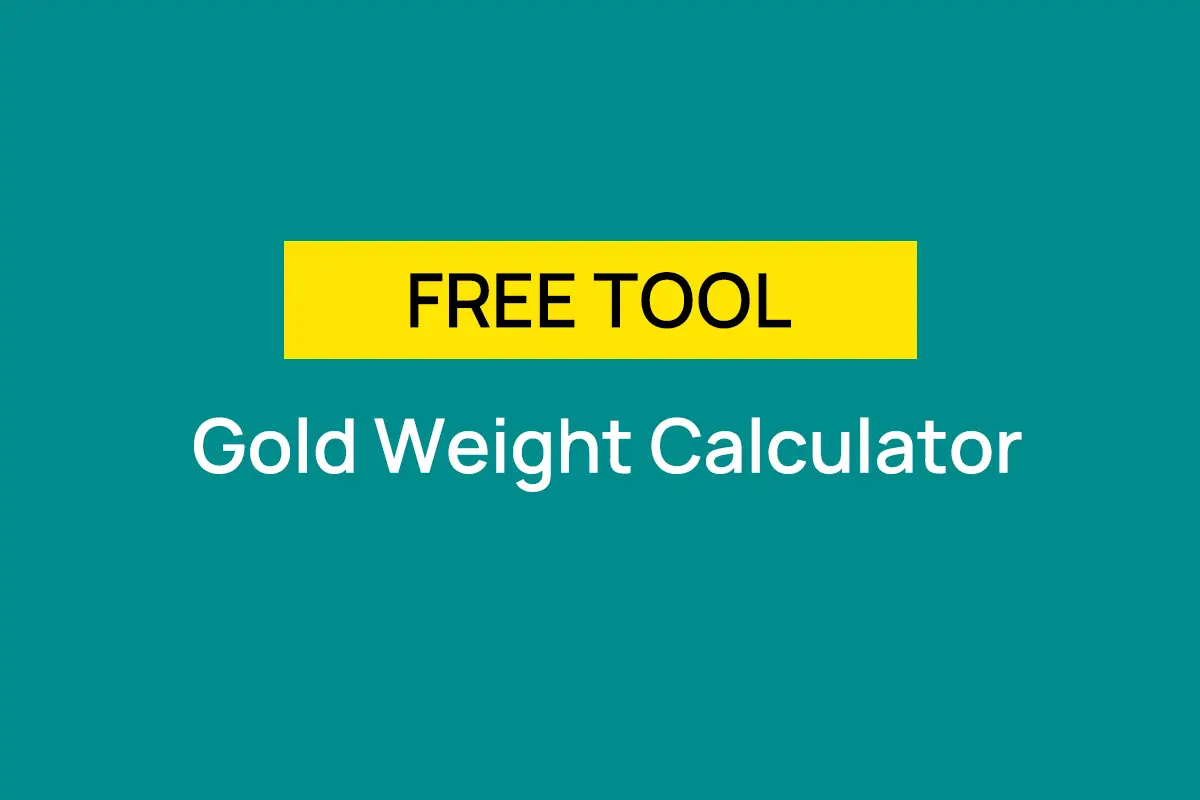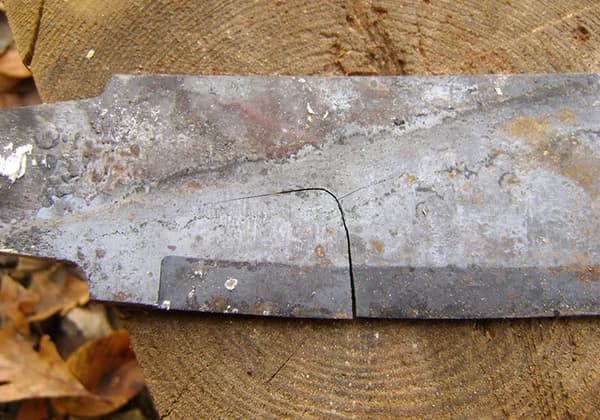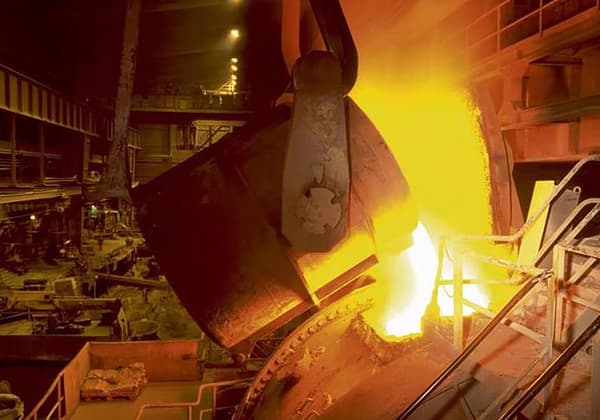
The melting point is a critical factor to consider when processing metal materials. It is defined as the temperature at which a pure substance transitions from a solid to a liquid state under a specific pressure. At this point, the chemical potentials of the solid and liquid phases are in equilibrium. For metals, melting points […]
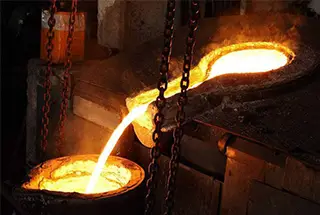
The melting point is a critical factor to consider when processing metal materials. It is defined as the temperature at which a pure substance transitions from a solid to a liquid state under a specific pressure. At this point, the chemical potentials of the solid and liquid phases are in equilibrium.
For metals, melting points vary widely across different elements and alloys. The metal with the highest melting point is tungsten (W) at 3422°C (6192°F), while mercury (Hg) has the lowest melting point among metals at -38.83°C (-37.89°F) under standard atmospheric pressure.
Understanding melting points is crucial in metalworking processes such as casting, welding, and heat treatment. It determines the energy required for phase transitions, influences the selection of appropriate processing temperatures, and affects the microstructure and properties of the final product.
In practical applications, it’s important to note that impurities, alloying elements, and pressure can significantly alter the melting point of metals. For instance, adding carbon to iron lowers its melting point, which is fundamental in steel production.
Moreover, for highly dispersed metal nanoparticles, the surface effects become non-negligible. In these nanosystems, the chemical potential depends not only on temperature and pressure but also on the particle size, leading to size-dependent melting behavior. This phenomenon is particularly relevant in advanced manufacturing processes involving nanostructured materials.
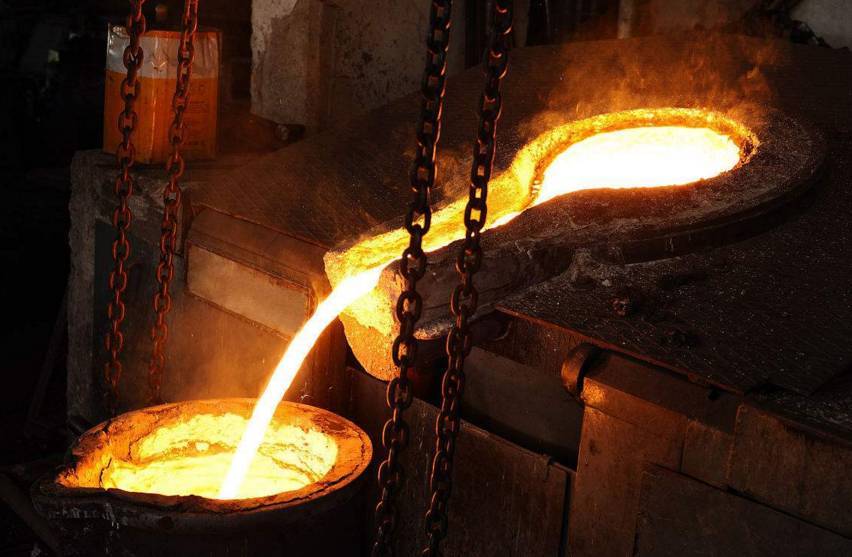
Simply put, only a certain melting point can change the shape of the metal, thus forging different products.
Therefore, we should first understand the melting point of various metals before processing.
Let’s dive in the melting point of various ferrous metals and nonferrous metals.
| No. | Metal | Melting Point (℃) | Remark | |
|---|---|---|---|---|
| Ferrous Metal | 1 | Iron | 1535 | The melting point of steel is 1400—1500℃ and 1200℃ for pig iron. |
| 2 | Chromium | 1890 | Pure Metal | |
| 3 | Manganese | 1244 | Pure Metal | |
| Nonferrous Metal | 1 | Aluminum | 660 | Pure Metal |
| 2 | Magnesium | 651 | Pure Metal | |
| 3 | Potassium | 63 | Pure Metal | |
| 4 | Sodium | 98 | Pure Metal | |
| 5 | Calcium | 815 | Pure Metal | |
| 6 | Strontium | 769 | Pure Metal | |
| 7 | Barium | 1285 | Pure Metal | |
| 8 | Copper | 1083 | Pure Metal | |
| 9 | Lead | 328 | Pure Metal | |
| 10 | Zinc | 419 | Pure Metal | |
| 11 | Tin | 232 | Pure Metal | |
| 12 | Cobalt | 1495 | Pure Metal | |
| 13 | Nickel | 1453 | Pure Metal | |
| 14 | Antimony | 630 | Pure Metal | |
| 15 | Mercury | -39 | Pure Metal | |
| 16 | Cadmium | 321 | Pure Metal | |
| 17 | Bismuth | 271 | Pure Metal | |
| 18 | Gold | 1062 | Pure Metal | |
| 19 | Silver | 961 | Pure Metal | |
| 20 | Platinum | 1774 | Pure Metal | |
| 21 | Ruthenium | 231 | Pure Metal | |
| 22 | Palladium | 1555 | Pure Metal | |
| 23 | Osmium | 3054 | Pure Metal | |
| 24 | Iridium | 2454 | Pure Metal | |
| 25 | Beryllium | 1284 | Pure Metal | |
| 26 | Lithium | 180 | Pure Metal | |
| 27 | Rubidium | 39 | Pure Metal | |
| 28 | Cesium | 29 | Pure Metal | |
| 29 | Titanium | 1675 | Pure Metal | |
| 30 | Zirconium | 1852 | Pure Metal | |
| 31 | Hafnium | 2230 | Pure Metal | |
| 32 | Vanadium | 1890 | Pure Metal | |
| 33 | Niobium | 2468 | Pure Metal | |
| 34 | Tantalum | 2996 | Pure Metal | |
| 35 | Tungsten | 3410 | Pure Metal | |
| 36 | Molybdenum | 2617 | Pure Metal | |
| 37 | Gallium | 30 | Pure Metal | |
| 38 | Indium | 157 | Pure Metal | |
| 39 | Thallium | 304 | Pure Metal | |
| 40 | Germanium | 937 | Pure Metal | |
| 41 | Rhenium | 3180 | Pure Metal | |
| 42 | Lanthanum | 921 | Pure Metal | |
| 43 | Cerium | 799 | Pure Metal | |
| 44 | Praseodymium | 931 | Pure Metal | |
| 45 | Neodymium | 1021 | Pure Metal | |
| 46 | Samarium | 1072 | Pure Metal | |
| 47 | Europium | 822 | Pure Metal | |
| 48 | Gadolinium | 1313 | Pure Metal | |
| 49 | Terbium | 1356 | Pure Metal | |
| 50 | Dysprosium | 1412 | Pure Metal | |
| 51 | Holmium | 1474 | Pure Metal | |
| 52 | Erbium | 1529 | Pure Metal | |
| 53 | Thulium | 1545 | Pure Metal | |
| 54 | Ytterbium | 819 | Pure Metal | |
| 55 | Lutecium | 1633 | Pure Metal | |
| 56 | Scandium | 1541 | Pure Metal | |
| 57 | Yttrium | 1522 | Pure Metal | |
| 58 | Thorium | 1750 | Pure Metal |
In the Periodic Table of Elements, silicon and boron are two nonmetals with melting points of 1420°C and 2300°C, respectively. These values, however, are not the extremes when considering all elements.
The table provides clear insights into the melting points of various elements, including metals. Let’s examine the elements with the highest and lowest melting points among metals.
Caesium, a silvery-white alkali metal discovered in 1860, has one of the lowest melting points among metals at 28.5°C (83.3°F). This makes it liquid at slightly above room temperature, second only to mercury in terms of low melting point among metallic elements.
On the opposite end of the spectrum, tungsten holds the distinction of having the highest melting point among pure metals. Discovered in 1783 by Spanish chemists, tungsten’s melting point is 3414°C (6177°F), making it exceptionally resistant to heat and valuable in high-temperature applications.
It’s worth noting that some compounds surpass even tungsten in terms of melting point. For instance, certain carbides exhibit even higher melting points. Tantalum carbide (TaC) and hafnium carbide (HfC) have melting points of 3880°C (7016°F) and 3900°C (7052°F) respectively, showcasing their extraordinary thermal stability.
These extreme melting points demonstrate the wide range of thermal properties across different elements and compounds, highlighting their diverse applications in materials science and engineering.



